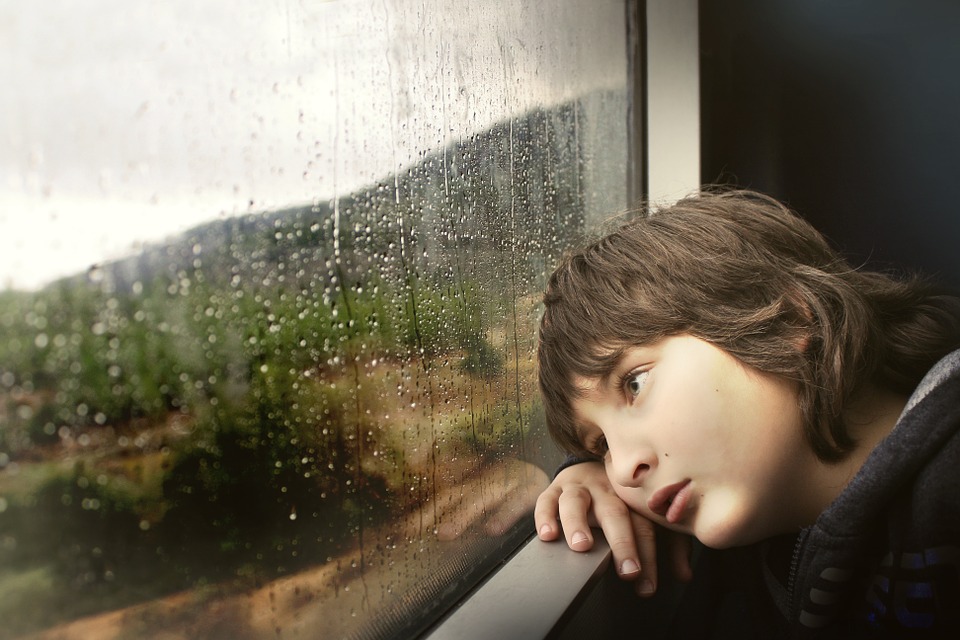How The New Senate Gun Bill Would Affect School Safety
Lawmakers on Tuesday released an extensive bipartisan senate gun bill, here is how it could affect school safety if its passed.

Lawmakers in Washington have been hard at work debating school safety measures since the latest tragic massacre that claimed the lives of 19 children and 2 teachers in the Uvalde, Texas school shooting. Two weeks ago, the House of Republicans proposed a massive gun control package looking to place more restrictions on gun purchases and automatic rifles. Tuesday night, senators also took action, releasing an extensive, bipartisan senate gun bill. Here is how it could affect school safety if passed.
The senate gun bill is officially being called the Bipartisan Safer Communities Act. A major portion of the proposed law focuses on violence prevention measures and mental health aid. Negotiating across party lines, 14 Republican senators joined the majority-led Democrats in supporting the bill, including minority leader Mitch McConnell.
Shocking to many, a portion of the senate gun bill looks to bar any federal education funding from being used to fund initiatives to place weapons in schools, even for security purposes. At one point after the 2018 Parkland school shooting, the at the time Republican-led senate had proposed using Title IV-A funds from the Every Student Succeeds Act to arm and train teachers in schools. Once again, Republican lawmakers have floated around this idea, despite the fact that this bipartisan deal looks to restrict it from being federally funded.
Also relating to firearms, some of the text within the senate gun bill would place restrictions on guns. It would create an “enhanced review process” for any gun buyer under the age of 21. Also, it would prohibit any person convicted of domestic violence or subject to a similar restraining order from purchasing a firearm. Another section calls for more regulations on firearms dealers in an attempt to crack down on those who are illegally trafficking guns. Similar to the House’s gun safety bill, it would create a red flag law that would allow courts to suspend an individual from accessing firearms as they feel is needed.
The majority of the bill dealt with mental health efforts. The senate gun bill would require the US Department of Education to work with other federal agencies to assist public schools in billing Medicaid to cover services provided within in-school clinics. In doing so, schools would be better equipped to provide mental health services to students in need. Furthermore, the bill seeks to expand funding to existing programs that place counselors and social workers inside of schools.
The senate gun bill would provide $500 million to both the School Based Mental Health Services Grant program and the School Based Mental Health Services Professionals Demonstration grant. Both of these initiatives aid schools in recruiting and training student support staff. This could prove extremely beneficial, as schools across America are facing worker shortages for all positions.

Lastly, the senate gun bill would target students’ mental health concerns directly. It would funnel $240 million over the next four years to Project AWARE. The nonprofit provides grants for states to fund programs that provide projects to schools that teach students how to cope and recognize mental health issues. Additionally, the program trains educators to identify these potential issues in students.
Given the reach across party lines in supporting this senate gun bill, there is a good chance it may be approved and signed into law by President Biden. Senate leaders have signaled that they will work around the clock to quickly pass the bill, and seemingly with much Republican support. If passed, it could provide the needed support for schools during a time when mental health issues for America’s youth seem to be of the utmost concern for parents and politicians alike.



